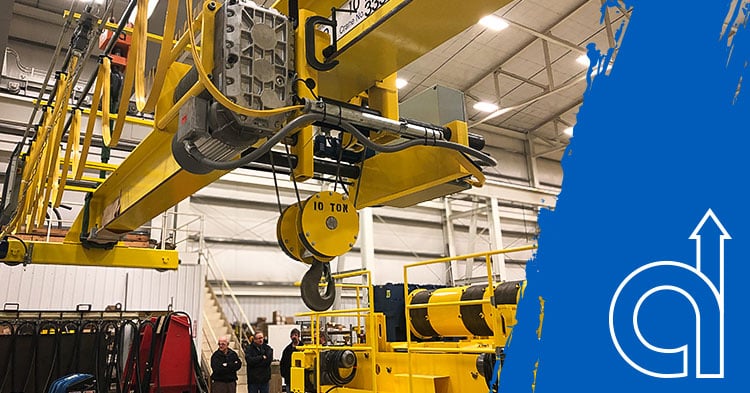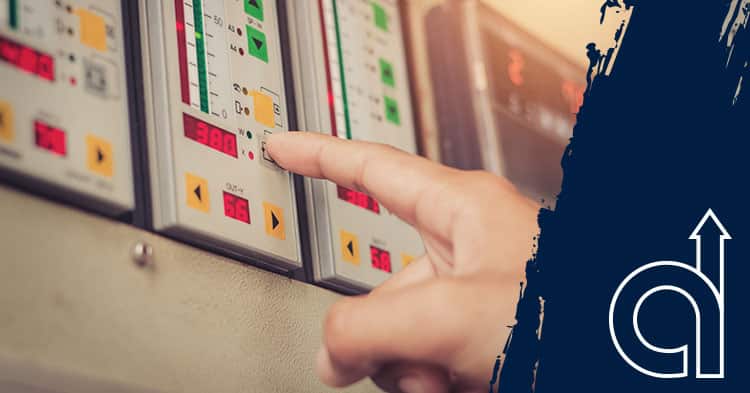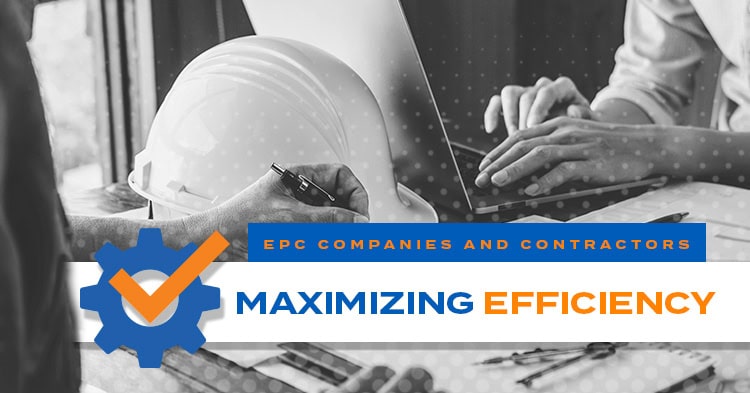
by American Crane | Aug 22, 2024 | Industry News, Manufacturers, News and Events Post
In the fast-paced world of industrial operations, the safety and efficiency of equipment are paramount. One critical aspect of crane operation safety is the implementation of anti-collision systems. These systems use electrical means to prevent two or more cranes from...

by American Crane | Aug 6, 2024 | Industry News, Critical Lift, News and Events Post
For motor control, the Adjustable Frequency Drive (AFD) is pivotal. Designed to convert fixed frequency AC power to variable frequency power, AFDs enable precise speed control for AC motors, particularly squirrel cage motors. This capability is crucial for maintaining...

by Michele Kienle | Jun 26, 2024 | Critical Lift, Industry News, Manufacturers, News and Events Post, Outdoor Crane Applications, Overhead Equipment, Procurement Education
In the world of Engineering Procurement Construction (EPC) and contracting, the reliability and efficiency of lifting systems are paramount. Whether you are a large EPC company embarking on new plant construction or a contractor seeking dependable cranes, hoists,...

by Michele Kienle | Jun 19, 2024 | Industry News, News and Events Post
Facing problems in the workplace is inevitable, and they can be frustrating for everyone involved. However, the way you handle these problems can be the difference between an argument and a teachable lesson. Blameless problem solving is a powerful technique that...

by Michele Kienle | Aug 22, 2023 | Industry News
Welcome to the American Crane & Equipment Corporation blog! Today, we want to highlight one of our core values that sets us apart: effective communication. We believe that clear and impactful communication is the foundation of strong relationships, both internally...







